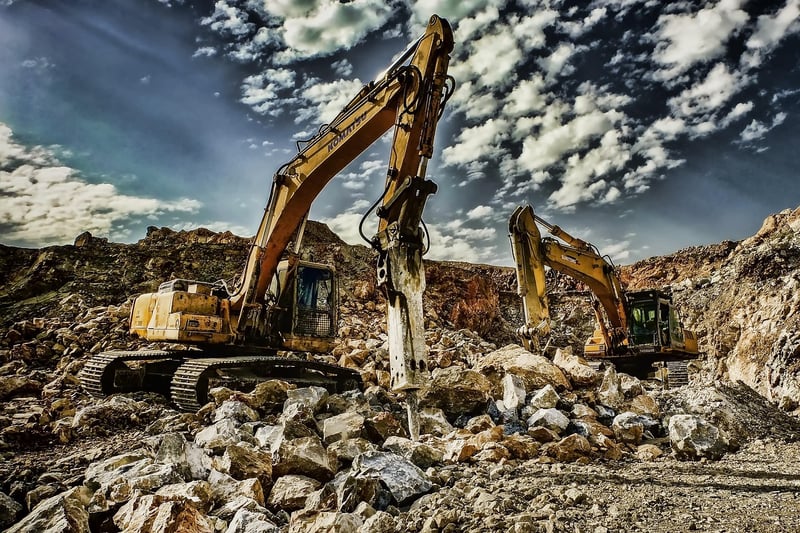Advanced Propulsion
The Future of Space Exploration: Advanced Propulsion Technologies
Space exploration has always been a fascinating frontier for scientific discovery and human exploration. With the advancement of technology, scientists and engineers are developing cutting-edge propulsion systems that promise to revolutionize space travel. Let's delve into some of the most advanced propulsion technologies that could shape the future of space exploration.
Ion Propulsion
Ion propulsion is a futuristic technology that uses electromagnetic fields to accelerate ions to generate thrust. This technology offers higher efficiency and speed compared to traditional chemical propulsion systems. Ion thrusters are already being used in several spacecraft, including NASA's Dawn mission and the European Space Agency's BepiColombo mission to Mercury.

VASIMR (Variable Specific Impulse Magnetoplasma Rocket)
VASIMR is a high-power plasma-based propulsion system that has the potential to significantly reduce travel time for crewed missions to Mars and beyond. Developed by Ad Astra Rocket Company, VASIMR uses radio waves to ionize and heat propellant before expelling it at high speeds. This technology could enable faster interplanetary travel in the future.

Nuclear Thermal Propulsion
Nuclear thermal propulsion involves using nuclear reactors to heat propellant, such as hydrogen, to generate thrust. This technology offers higher specific impulse and efficiency compared to traditional chemical rockets. NASA is actively researching nuclear thermal propulsion for potential crewed missions to Mars and beyond, aiming to reduce travel time and increase payload capacity.

EmDrive (RF Resonant Cavity Thruster)
The EmDrive is a controversial propulsion concept that claims to produce thrust without expelling propellant. This technology relies on electromagnetic waves bouncing within a closed chamber to generate thrust. While the physics behind EmDrive are still debated, ongoing research and experiments aim to validate its potential for future space missions.

These advanced propulsion technologies represent the cutting edge of space exploration, offering the potential for faster travel, increased payload capacity, and extended mission durations. As scientists and engineers continue to push the boundaries of technology, the future of space exploration looks brighter than ever.
Explore more about space exploration and propulsion technologies at NASA and ESA.
